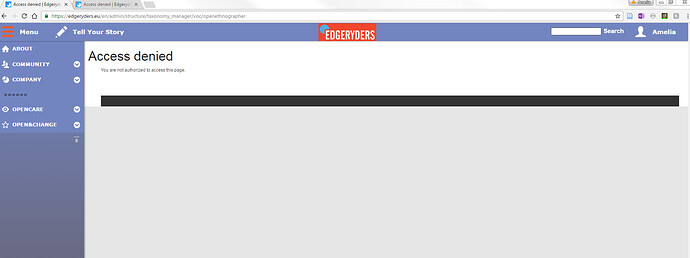Hierarchies (so you have something in text form)
Here’s a list of higher level tags. Methodologically it makes sense not to create too much hierarchy before the first full pass is done (so as not to bias the preliminary coding), but once I do some analysis there will definitely be more hierarchies at the level of content. (e.g. alternative medicine being a higher level tag with acupuncture nested under it)
I nested some tags but there’s more work to be done there, just wanted to give you an idea.
alternative approaches
alternative infrastructure
alternatives to the State
case study
case study : access space
case study : Activist Net
case study : Airbnb
case study : Buoy
case study : Celly
case study : Internationales Congress Centrum (ICC) Berlin
case study : Metropolitan Community Clinic at Helleniko
case study : orange house
case study : sensorica
case study : the Jungle
case study : Uber
case study : Woodbine Health Autonomy Resource Center
case study: Little Device
case study: multibed mode
case study: open value network model
case study: somatic experiencing with hurricane survivors
case study: trauma tour
case study: unmonastery
challenge
challege: legal barriers
challenge : mobility and time
challenge : rigidity of NGOs
challenge: funding
challenge: inclusion
challenge: motivation
challenge: NGOs
challenge: re-education
challenge: replicating
country comparison
design intervention
event
example
implementation
methodology
observation : connection made on site
research question
research question : criteria for technical functionalities
research question : emotional stress
research question : explaining causality
research question : openness
research question : quackery

